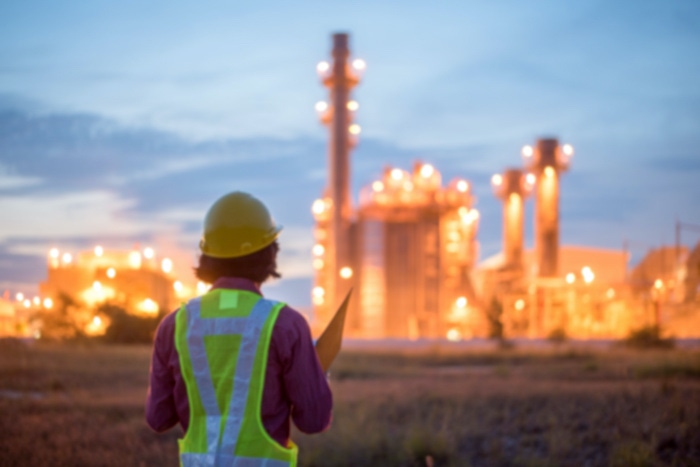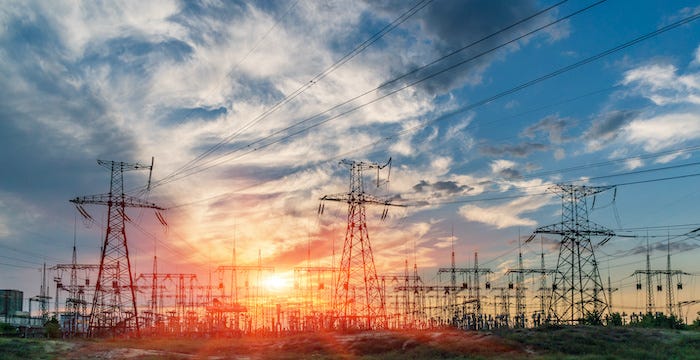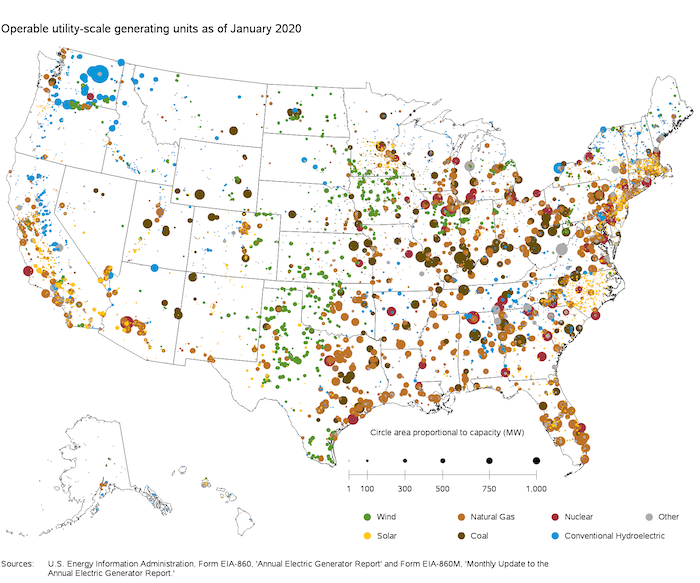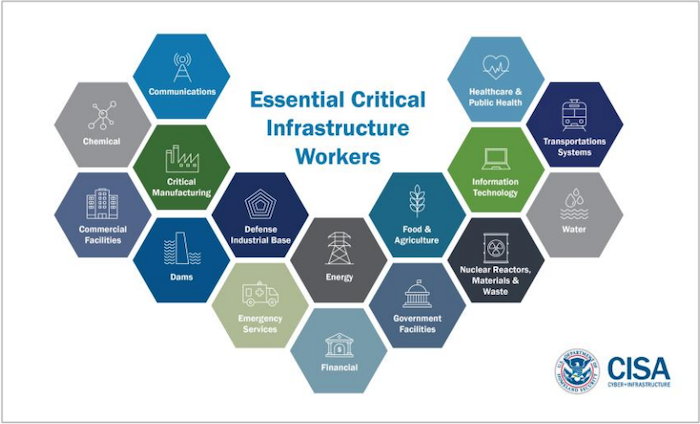Will Coronavirus Infect the US Power Grid?
Pandemic level infectious diseases present different challenges from natural disasters for the US power industry. Will COVID-19 mean lights out?
April 6, 2020

America’s aging power grid has faced major obstacles during the last few years. The fire fiasco in California last summer caused the main electric power company - PG&E - to turn off power to major portions of the state whenever a new fire broke out. This was due mainly to older infrastructures that could not be easily separated from town to town.
With the COVID-19 virus sweeping over the country, many leaders have express concern as to whether the power systems in the U.S. will be affected. Some companies in the electricity industry have even suggested that key employees may need to live on the site at power plants and control centers to keep operations going, should the virus outbreak become worse.
The main problem is one of personnel rather than equipment. There is a limited number of operators trained to run power plants, especially electrical, nuclear and oil and gas plants. Their health is now a critical concern for the industry. To that end, many such sites have been stockpiling beds, blankets and food to provide for just such a contingency.
The good news is that the power industry as a whole has been planning for events to keep their highly skilled workers healthy and nearby to their power stations. For example, Maria Korsnick, president of the Nuclear Energy Institute, recently said that some of the nation’s nearly 60 nuclear power plants are also “considering measures to isolate a core group to run the plant, stockpiling ready-to-eat meals and disposable tableware, laundry supplies and personal care items.”
|
Image Stock: Adobe Stock |
The power industries even have pandemic plans and procedures in place. Unlike planning for natural disasters, technological failures, or other disruptions, planning for a pandemic requires a different set of working assumptions. Natural disasters – like a hurricane, a fire storm or an earthquake – tend to happen in specific geographical areas and for a certain amount of time. On the other hand, pandemics by their nature are geographically dispersed and could arrive in waves that last several months at a time. Such waves mean that resources like personnel cannot easily be shifted geographically to help an area in need as with natural disasters.
Consider the electric industry. According to their website, pandemic planning has included preparations for events such as storms, earthquakes, and other natural disasters; cyber and physical attacks; and “high absenteeism” events that typically involve health emergencies and that could severely limit the number of employees who are able to report to work.
But what if weather events cause power outages during a pandemic? The main challenge with a pandemic is that businesses must prepare to operate with a significantly smaller workforce, a threatened supply chain for critical equipment and materials, and limited support services for an unknow amount of time. That is why the pandemic plans for electricity generating companies are designed to protect the people working for them and to ensure energy operations and infrastructures are supported properly.
|
Image Source: US Energy Information Administration (EIA) |
Most electric, nuclear and other power stations are run by private companies. About 80% of the electricity in the U.S. is generated by private, investor-owned utilities located across the country. The remaining electricity is produced by the public sector. Still, the private energy companies must coordinate and collaborate with the Department of Energy (DoE) and other federal government agencies, including the Department of Homeland Security (DHS), Federal Emergency Management Agency (FEMA), and the Department of Transportation (DoT), plus state and local authorities.
The DoE is directly involved with the country’s energy power systems – among other things – and has working plans in place to handle the coronavirus outbreak. According to Dr. Chris Fall, Director of the Department of Energy's Office of Science, the DoE’s responsibility is to make sure the electrical grid is resilient and working and working with the private sector that runs that and other elements of the energy system.
Further, power producers in the US have been identified as one of the essential and critical infrastructure workers, according to the DOE’s Office of Cybersecurity, Energy Security and Emergency Response (CESER). Workers so identified have a special responsibility to maintain their normal work schedules, which is why they may need to be sequestered near power stations and control facilities during the coronavirus crisis. In the total energy sector, the essential and critical infrastructure list includes the electricity industry, petroleum workers, and natural and propane gas workers.
For now, private and public utilities have a governmental as well as legal reasons to protect their critical workers. After all, litigation often followed natural disasters especially as utility shareholders, state governments and actual victims of such disasters try to recoup their losses.
It has been reported from several power facilities that, as one shift ends and another begins, the control rooms surfaces are disinfected by cleaning crews and the incoming workers are checked for high temperatures or other signs of the coronavirus infection. For now, it appears that America’s power stations and grids can handle the current wave of the spreading pandemic. But the industry, especially the electricity grid system, has struggled to handle major weather and fire storms in the very recent past. The next wave of the coronavirus pandemic, which some say may hit in the fall of this year, may be too much for the system to handle. Here’s hoping that it won’t be lights when the second wave hits.
|
Image Source: DOE / Cybersecurity and Infrastructure Security Agency (CISA) |
John Blyler is a Design News senior editor, covering the electronics and advanced manufacturing spaces. With a BS in Engineering Physics and an MS in Electrical Engineering, he has years of hardware-software-network systems experience as an editor and engineer within the advanced manufacturing, IoT and semiconductor industries. John has co-authored books related to system engineering and electronics for IEEE, Wiley, and Elsevier.
About the Author(s)
You May Also Like








